What have I learned from leatherworking? There’s been a recent discussion at leatherworker.net on just this topic. Here’s my contribution:
You know how there’s a “Mile High Club”? If you don’t know about this club, you’re probably either very young, from a different generation, or very naive. For leatherworkers, there should be a “Blood Club”.
Rule # 1: Leatherworkers shalt respect their sharp things (of which there are MANY). Rummaging for said sharp things in drawers shalt result in blood. I have a special drawer labelled “SHARP THINGS” for just this reason. This label is similar to my husband’s tool chest label of “Sharp Things & Destructorators”, but leatherworking centric. I open this drawer in a well lit place, and delicately extract the tool that I need with two or three fingers. This is just for the purpose of retrieving said sharp thing. While actually working with leather, awls will go through fingers (see the photo above), you’ll forget to retract your rotary knife and carelessly wave it around your appendages, and knives will slip, usually towards said appendages. It’s Murphy’s Law, and blood happens. Just try not to get it on your project. There are a few good products to assure that blood stains aren’t too noticeable on leather, though you might just want it to add character to your project (I kid, I kid! That’s what Oxblood dye is for!).
Rule # 2. Sharpen your tools. First, review Rule # 1. A big art of respecting your sharp things, is to keep your tools SHARP. Sharp tools actually mean LESS blood, believe it or not. If they cut cleanly, they’re easier to control, so you won’t get those sudden “slips” that end up with… blood, pain, tears, and have I mentioned blood?
Ok. enough with the blood. The next two rules are more business oriented. My leatherworking hobby has taught me a lot, and anyone who is thinking of selling their work (online or otherwise) should consider these.
Rule # 3: Manage your customers’ expectations. While you might think a 3 week waiting time on a dog collar is reasonable (when you have 20+ other orders, a house, pets, and a husband to care for, other jobs to do, let alone kids – which we don’t have), some customers are NOT OK with a 3 week waiting time. Communicate about everything relating to the crafting of their project. Better to refund before starting a project than deal with an irate unhappy customer down the road.
Rule # 4: You can’t please everyone. Even if you’re the kindest, sweetest, most talented and accommodating person on earth, (and even if you’re working for free or at cost for a friend or a good cause), some cretin will find fault with your work. It will usually be their perspective and interpretation of something that is subjective, though they sometimes can base their point on something that you had not considered. No, you can’t read minds, although we all wish we could. Yes, you should try to keep/make them happy, to a point. There’s a balance between good customer service and being a doormat. Learn the difference, and try to balance the two. You should never lose money on a sale unless there are extremely extenuating circumstances. The customer is NOT always right, or reasonable, or rational, or even sane. If a customer gets you down, you can read stories that will make you smile at notalwaysright.com. This is not to say that there are many problematic customers. I myself have had perhaps two or three out of over three hundred, so we’re looking at about 1%. Unfortunately it’s the 1% that you’ll remember most strongly when you get tired, irritated, upset, etc. Don’t let them get you down! My husband, who lovingly regales me with stories and anecdotes of his clientele, who has had more than 20 years experience in business dealing with clients and customers, and who provides me with more support for my dreams and aspirations than I could have ever expected, recommends that you watch the South Park movie, and when you’re alone and can’t be overheard you should call them names based on the “Terrance & Phillip” movie, or insults based on Cartman’s exuberant use of the vocabulary control chip.
Rule # 5: Test any new product combination on scrap before selling/making a new project of it. Sometimes you’ll be surprised at what does NOT combine well together. That neutral Angelus acrylic paint base (a brand everyone generally trusts) mixed with pearlex pigment for a metallic sheen? Looks great until you bend it, it dries, and it flakes off. Using a thick coat of Acrylic Resolene full strength? It will crack and flake off after using the item a few times. That spray-on leather finish that you think will be faster/easier to use? Try wetting the project and you’ll see all the holes it leaves for water to get in. Using Tandy’s Supershene to block Fiebing’s Antique? It’s like you never blocked, and there’s no colour differential at all. That opaque Createx airbrush paint in your expensive Renegade “Krome” Gravity Feed airbrush? Clogs it up the first time you use it and takes an hour to clean out. Every time.
Rule # 6: Cats and workbenches don’t mix. Sometimes, when you walk in your work area, your cat is startled from your work bench. She will always knock things over. Whatever she spills, hopefully it won’t get on your project. Dogs are fine, as long as they’ve been taught not to jump up on counters. They might make you crazy with their incessant demands to go out, in, out, in, out, in, however. You also need to consider the fur. ALL the fur. If a pet has a single hair, fur, fuzz, or any sort of fibre that leaves their body, it WILL end up on your project just as you’ve completed coating it with finish. Just don’t let them near your work bench, don’t drop your projects on the floor, and use an air filter (I like the Honeywell HEPA filter which also helps remove the smell of spirit based dyes out of the air) to help contain the free floating particles in your area.
Rule # 7: NEVER. EVER. EVER. paint from an open bottle of dye. Use a straw or eyedropper to siphon a few drops into a palette and paint from that. You can always get more. You WILL spill your open bottle of dye otherwise. Your pain will be measured by your tears of frustration and self-damnation as you spend hours cleaning up (as opposed to blood in rules # 1 and 2). I’m lucky this has only happened to me in tan and in yellow, instead of black (Powers that Be and Flying Spaghetti Monster forbid). Just try not to get it on your project.
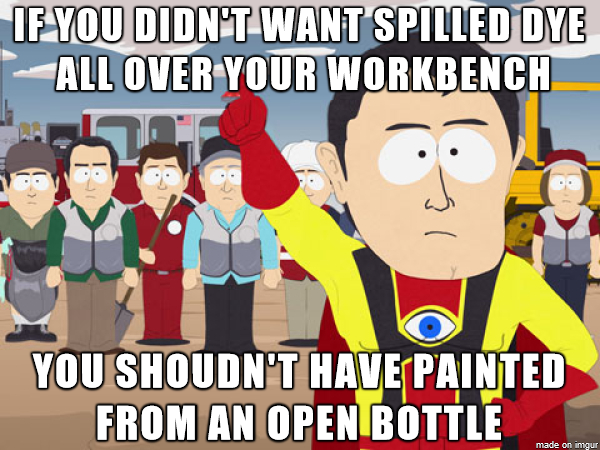
Rule # 8: You know the old adage “measure twice, cut once”? HAHAHAHA No. Explain to your client in explicit detail EXACTLY what you mean by collar/leash/belt/waist size. This is part of rule # 3 (managing customer expectations). Explain in detail what you mean, as in “measuring with tailor’s tape from the tip of the tongue of the buckle on the inside of the bar of said buckle to the hole that has seen the most use on the current belt or collar the human/beast is normally wearing whilst the piece is laying perfectly flat and held down by four or more equally-spaced paperweights on the floor”. A size “34” belt is not actually 34 inches exactly from the tip of the belt to the most used hole. Nor is it the waist size. All three are likely within an inch or two of each other, though when you craft a project, you MUST be as close to perfectly accurate as possible. You need to ask THE CLIENT to measure twice (as you usually can’t measure him/her/the horse/dog/cat yourself) down to the last 1/8 of an inch. THEN, and only then can you measure twice, thrice, or as many times as satisfies your OCD tendencies. THEN, you’re free to cut. I kid (kinda), of course. Explain all of this in 1/4 of the words. Diagrams help a lot (you can see my standard measurement diagram here. Your customers aren’t stupid (usually), you just need to have all of this information out there. If you don’t, they’ll make assumptions. Those are bad, m’kay. See rule # 3.
Rule # 9: There’s no such thing as “enough” tools and supplies. You’ll always want to try new things and learn new techniques, but you just need that stamp, that brand of dye in a particular colour, that die for your hand press, that sewing machine to expedite the assembly process.. the list goes on. And on. Never stop expanding your skills, and keep exploring in your leatherworking hobby. This is how you can end up with the most interesting and unique creations!

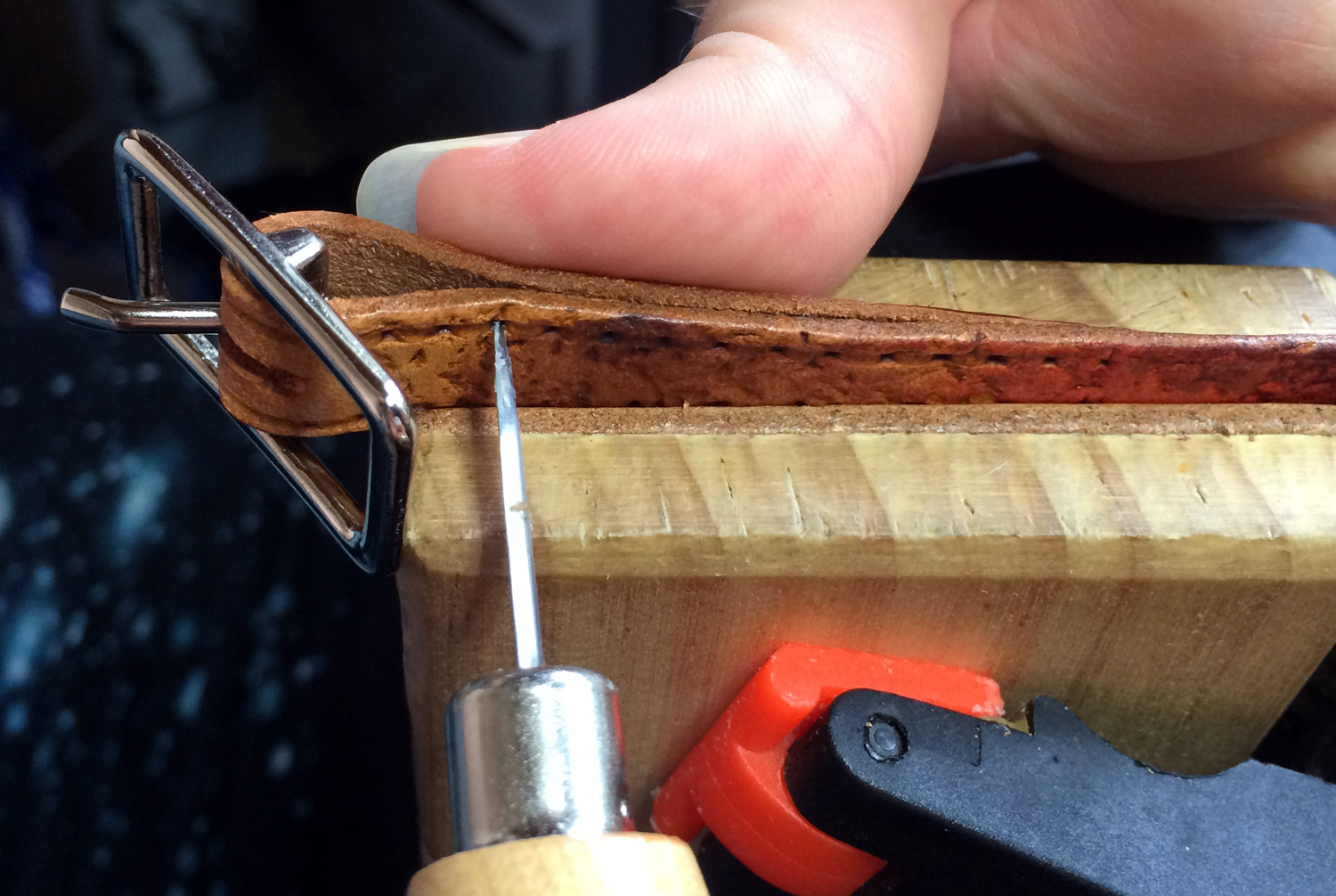
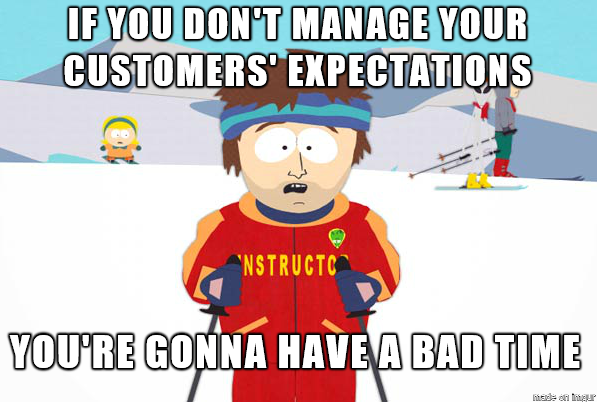
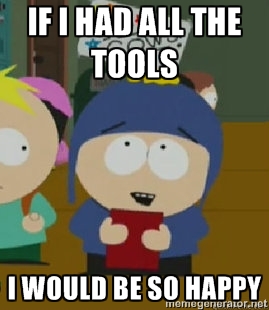
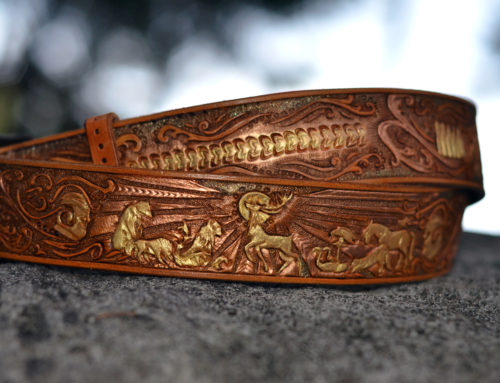
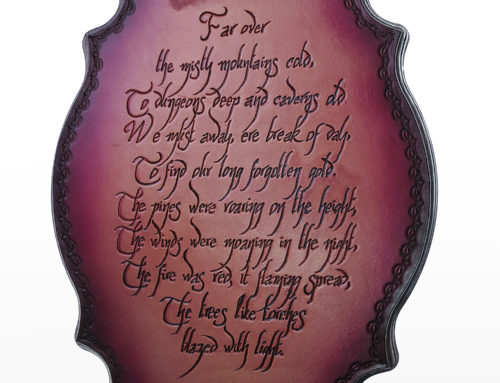
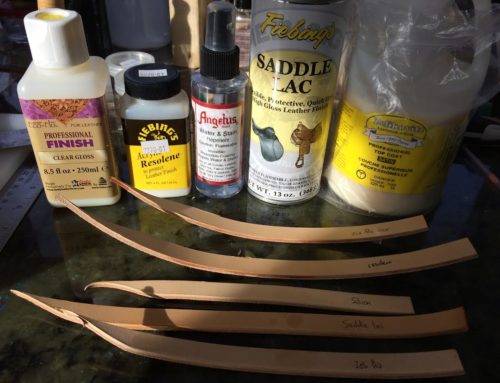
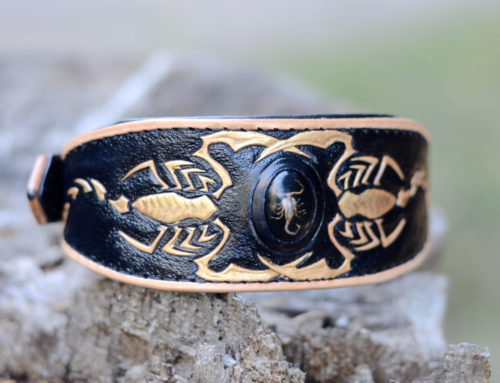
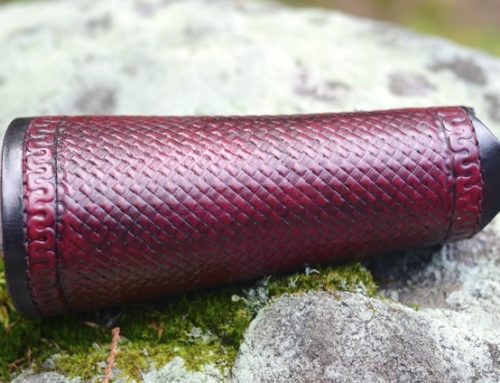
I just stumbled upon your blog. Highly entertaining and educational. I’m brand new to leather crafts and THANK YOU so much for pointing out the Tandy’s Supershene doesn’t block Fiebing’s Antique… because guess what I was planning this weekend? haha. Luckily I’m only working on scrap projects so it wouldn’t be the end of the world. I also really enjoyed all of the South Park references in this post. Thanks for sharing!